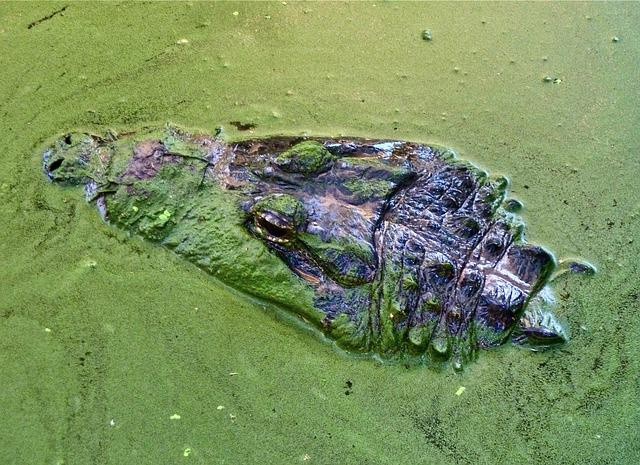
A discovery of 830-million-year-old organisms that have been trapped in ancient rock and might be alive for many millennia could change everything known about life on protean Earth. Geologists hit the jackpot and found this treasure of the tiniest remains of prokaryotic and algal life.
It will verify theories of ancient life before complex organisms developed from simple cells that could have been trapped in halite or rock salt in archaic salt-base habitats.
Organism Discovered May Exist in Other Planets
According to researchers at NASA's Jet Propulsion Laboratory (JPL) and the University of Arizona in the United States, salt deposits on Mars have been recognized as substantiation of primitive, large-scale liquid water reservoirs which could provide clues to the origin of life on Earth, reported Science Alert.
Salt does not safeguard organic material as well as other rock formations. Ancient microfossils dating back billions of years have been found to be pushed into rocky outcrops such as shale.
Fluid inclusion trapped in saltwater environments can be trapped in the form of halite crystallization.
They are scientifically important because they comprise information about the water temperature, chemistry, and even air temperature when the mineral was formed, per Springer Nature.
Should 830-million-year-old organisms be found in modern and recent environments where halite forms in ancient rock. The same saline environments have been revealed to be flourishing with microorganisms such as bacteria, fungi, and algae, noted Quick Telecast.
Read Also: Blueprint for Life Could Have Started From Asteroids Hitting the Protean Earth Billions of Years Ago
Furthermore, microorganisms have been found in fluid inclusions in gypsum and halite, most of which are modern or recent, with a few dating back to ancient times.
However, the method used to identify these ancient organisms has raised questions about whether they are the same age as the halite.
Among geomicrobiology, geologist Sara Schreder-Gomes of West Virginia University indicated that one question is what are the oldest chemical sedimentary rocks that contain prokaryotic and eukaryotic microorganisms from the geological formation.
Microorganisms Could Be Potentially Alive
The middle of Australia is now desert, though it was once a salty sea. The Browne Formation is a well-characterized and dated Neoproterozoic stratigraphic unit from central Australia. It has plenty of halite, which also indicates an antiquated marine ecosystem.
A specimen from the Browne Formation obtained by the Geological Survey of Western Australia in 1997 was used by an Australian scientist.
Schreder-Gomes and her colleagues were able to perform non-invasive optical studies on unaltered Neoproterozoic halite.
This preserved the halite, suggesting that anything inside had to have been trapped at the time the crystals constituted. They used transmitted-light and ultraviolet petrography to recognize halite crystals at low magnification, then at up to 2,000x magnification to study the fluid elements inside it.
Discovered natural solids and liquids inside that are consistent with prokaryotic and eukaryotic cells based on size, shape, and ultraviolet fluorescence. Signs show the organisms could be revived since its biological.
Some living prokaryotes from 250-million-year-old; then 830 million years could be alive. How they survive for so long is an unknown, mentioned Geoscience World.
More studies about halite need to be done to figure out how organisms survive in halite and other condition that should be studied more.
If 830-million-year-old organisms could be found in ancient rock and be alive in halite could exist on Mars or other planets as a big possibility; there is life out there.
Related Article : Quantum Mechanics Explains How DNA Mutates Randomly Including Living Systems, Not Just Particles
© 2025 HNGN, All rights reserved. Do not reproduce without permission.








